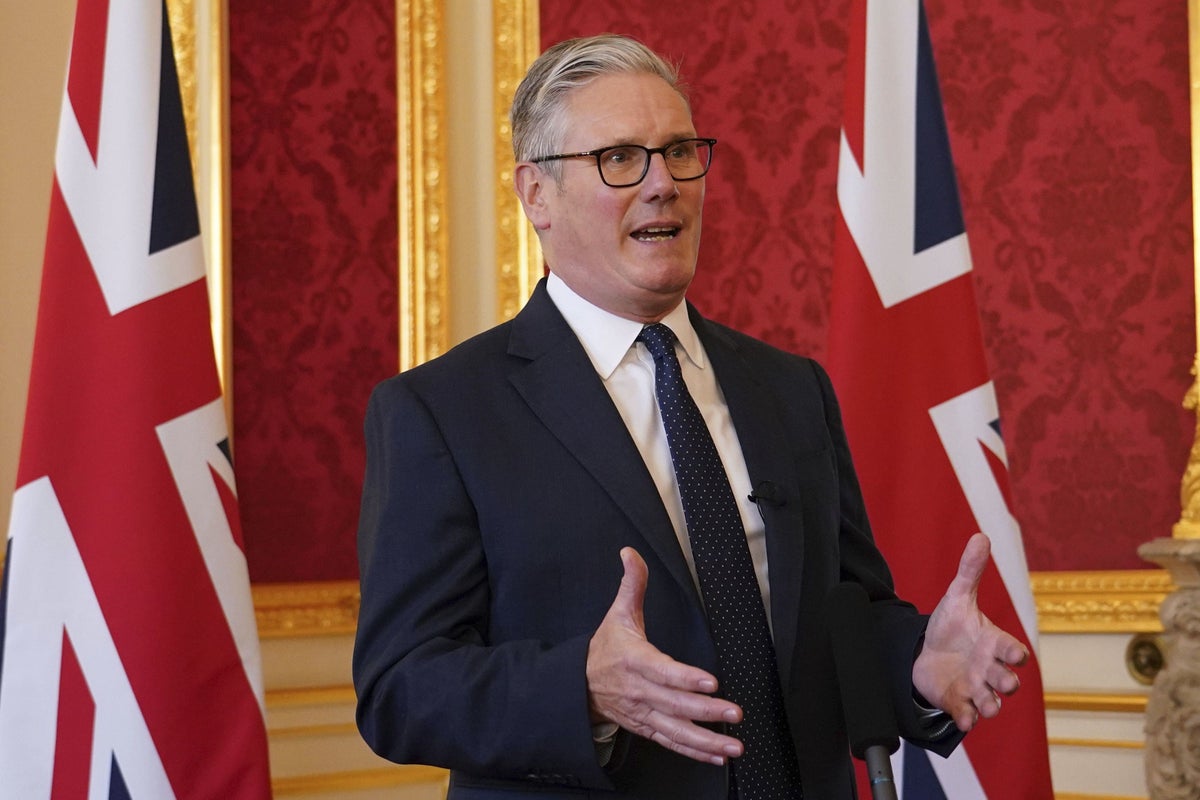Sir Keir Starmer has launched a new £5bn plan to revive Britain’s ailing high streets as part of an attempt to see off the threat from Reform UK.
It is hoped the new plan, which will see tens of millions of pounds poured into local areas, will breathe new life into derelict high streets and revive Britain’s parks and public spaces.
But what exactly will it involve and will it successfully win over disgruntled voters who are considering switching their support to Reform?
What does Sir Keir’s ‘Pride in Place’ plan involve?
The government has announced funding of up to £5bn to revive high streets, parks and public spaces, investment which aims to support people across 339 neighbourhoods.
Communities will be given new powers to save local pubs and libraries, while unwanted betting and vape shops could be blocked from opening.
Councils will also be given the opportunity to breathe new life into derelict buildings and boarded-up shops, under Community Right to Buy and compulsory purchase powers.
Funding will be given to projects which have consulted community groups, local organisations and social clubs, with the Ministry of Housing, Communities and Local Government saying the programme will tackle deep-rooted deprivation and regional inequality.
Gambling shops are among the services the government has signalled it wants to crack down on to improve high streets.
As of March 2024 there were 5,931 betting shops in Britain, according to the Gambling Commission.
While the new plan has echoes of the previous Conservative government’s levelling up agenda, a key difference is around how the funding will be allocated.
The previous programmes were criticised for funding mechanisms that relied on competitive bidding processes which were often deemed unfair, something this government has now promised to avoid.
Sir Keir has promised that local people “with real skin in the game” will decide how this funding is spent.
As part of the fund, 169 areas will receive £2m every year for a decade to give them certainty when planning for the future, totalling £3.5bn.
This is on top of an existing commitment to 75 areas, costing £1.5bn.
Separately, a further 95 areas will receive an immediate £1.5m cash injection to upgrade public spaces with new green spaces, play areas and sports and leisure facilities.
How would this tackle the threat from Reform?
At the centre of the programme is an attempt to address a sense of isolation in deprived communities which Labour believes is contributing to Reform UK’s growing popularity.
While there was a real sense of optimism in the wake of the general election, which saw Labour win a historic majority, that optimism rapidly dissipated after a difficult first year in office – with many voters feeling they are worse off as a result of the new government.
If Labour can restore a sense of pride in the local area, and make deprived parts of the country look and feel better off, it is thought this could dampen down the impact of Reform’s campaign – which primarily feeds off a sense of discontent with how Britain is currently functioning.
However, local regeneration is not a quick fix job. It certainly won’t happen overnight. In fact, it’s likely to take years before the real impacts of this plan is felt by ordinary voters.

